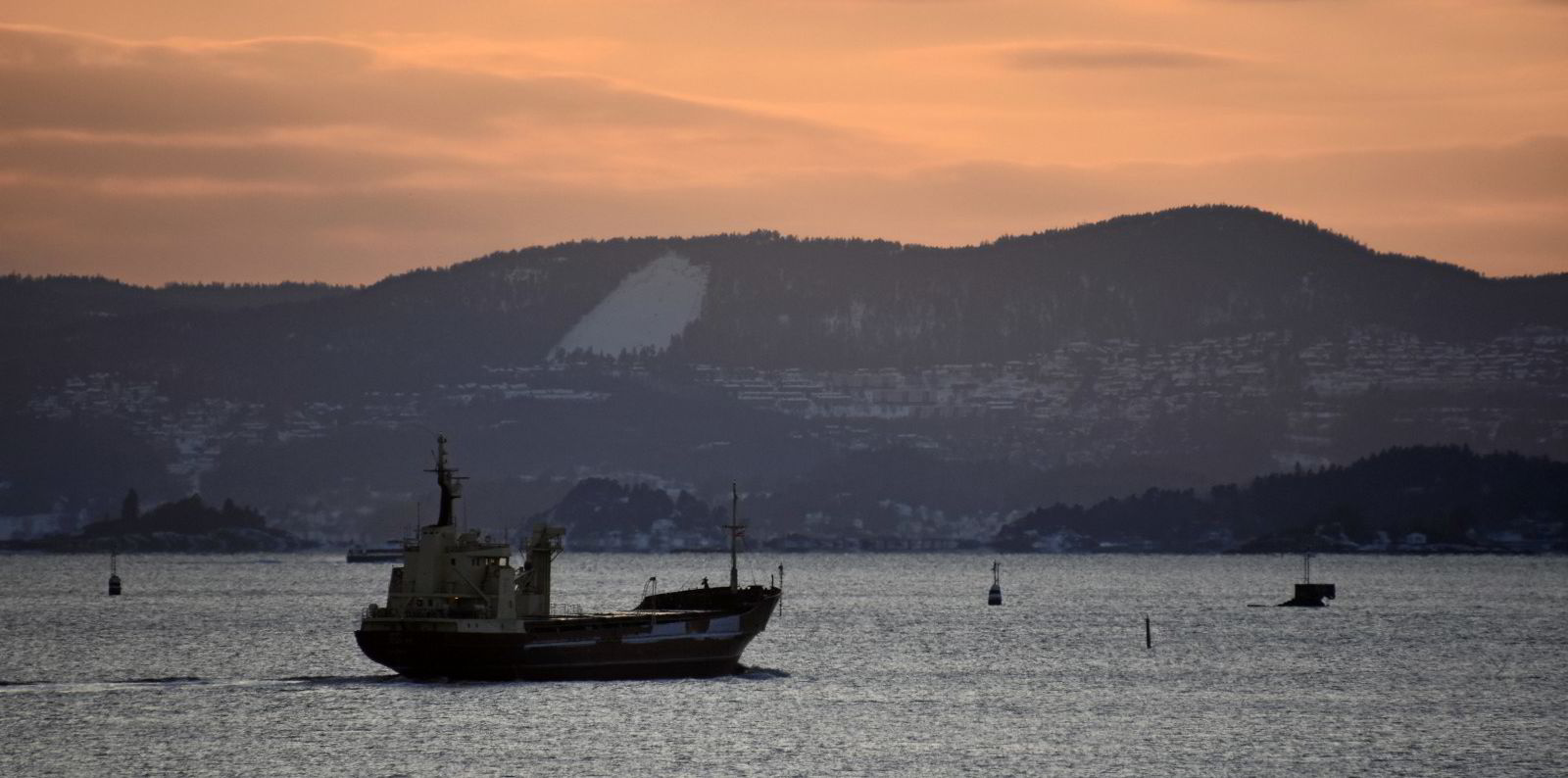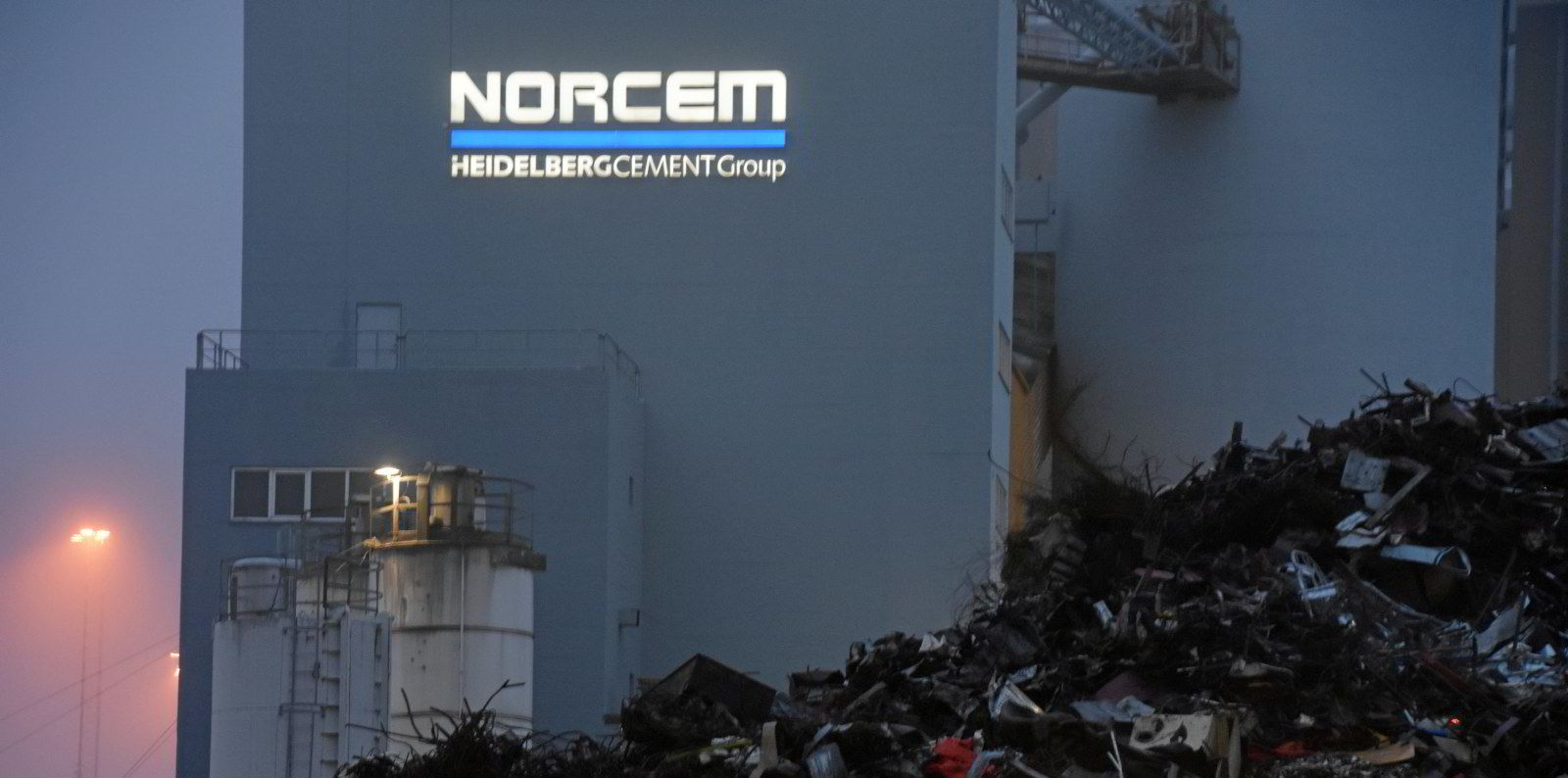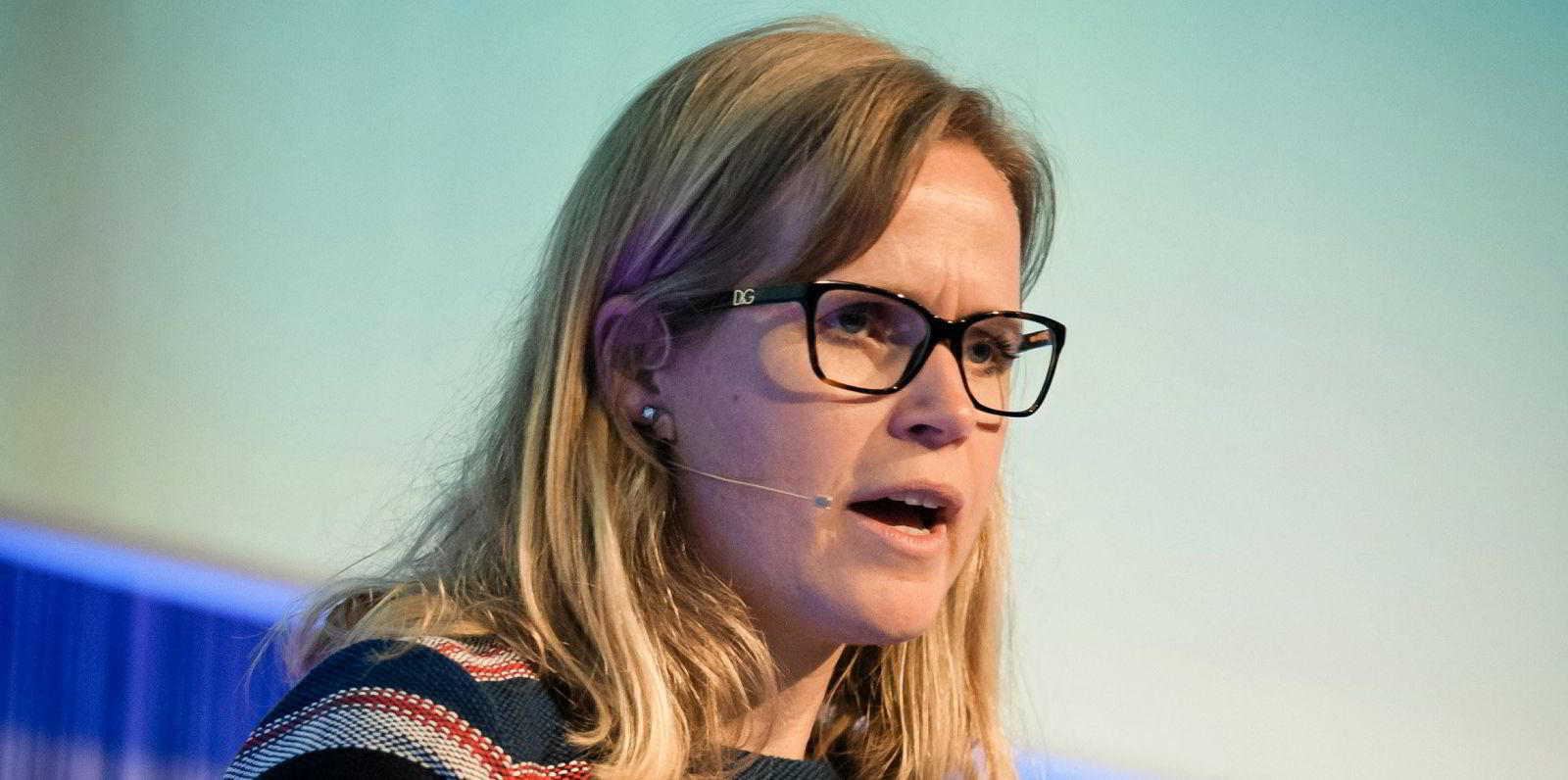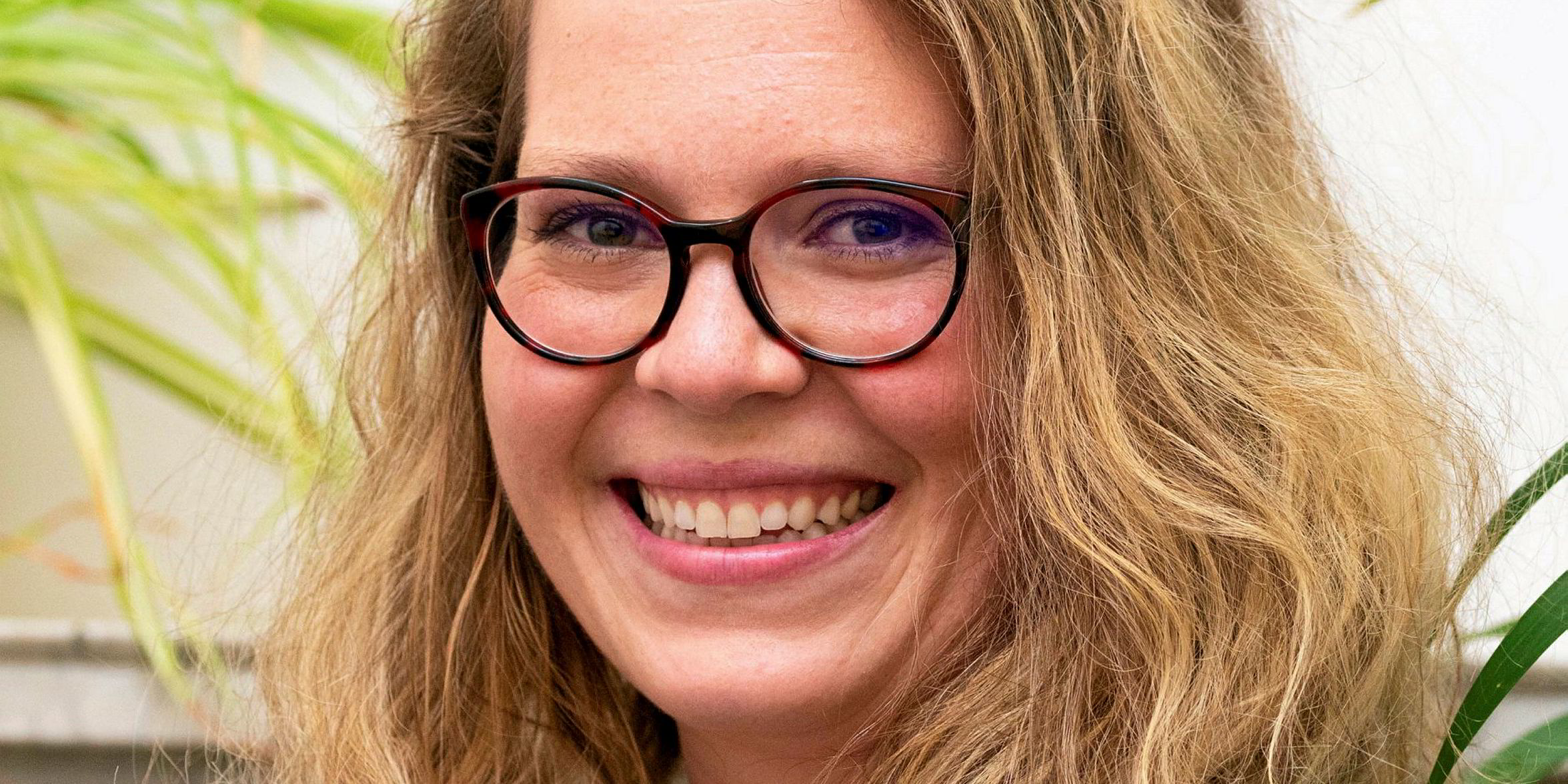Charterers are ready to pay up for zero-emission projects in shortsea shipping as an ageing fleet dies off at an accelerating pace.
The Oslo chartering branch of HeidelbergCement has been in discussions with five Norwegian charterers that are planning long-term charter offers to back zero-emissions newbuilding projects similar to its own.
Together with domestic agricultural co-operative Felleskjopet Agri, HeidelbergCement is backing the construction of a zero-emissions, 5,000-dwt prototype bulker on long-term contract.
As TradeWinds has previously reported, Norwegian coastal owner Egil Ulvan Rederi won the DNV-organised GreenBulk contest with a hydrogen combustion design.
Charterers have no choice but to act, according to Lars Erik Marcussen, head of chartering for HeidelbergCement and aggregates subsidiary NorStone.
"The small dry bulk fleet we charter in in northern Europe is being depleted and at risk of not being replaced, because there is no economic incentive for shipowners to build small vessels," he told TradeWinds.
Besides chartering in a dedicated long-term fleet of specialised cement carriers, HeidelbergCement uses 30 to 35 small bulkers and general cargoships per year to carry aggregates, with around six ships on its hands on a given day.
That gives Marcussen insight into a fleet at the end of its lifespan.
Niche small-ship trades are a proving ground for new approaches to propulsion, but the small-ship owners have been unable to build experimental vessels on speculation.
Now the charterers are ready to fund projects because they are simply running out of ships.
"We're already starting to see it in the smallest niche. The vessels below 1,500 dwt are disappearing," Marcussen said.
Vessels that size are important in cement because many small plants take only 750 tonnes per shipment. Even at that scale, ships are more environmentally sustainable than trucks.
Crunching the numbers

The Egil Ulvan prototype is not yet ordered but is meant to be contracted in 2022 for delivery in 2024, and Marcussen knows of other owners ready to order sisterships once the company proves the concept.
Charterer sponsorship is the key to cleaning up and renewing the dirty old shortsea fleet.
"I don't believe there is any shipowner out there right now who can financially justify a zero-emissions newbuilding on pure speculation," Marcussen said.
Many of the shipowners that took part in the HeidelbergCement and Felleskjopet Agri project are waiting in the wings with their own projects.
"They learned from bidding for the GreenBulk project that if you crunched the numbers, it wasn't all that bad," he said.
The contest drew design proposals from 31 shipowners, 21 of which were deemed good enough to be shortlisted. Some have already taken their alternative designs elsewhere, including Norwegian-Faroese Viridis Bulk Carriers.
A league of its own
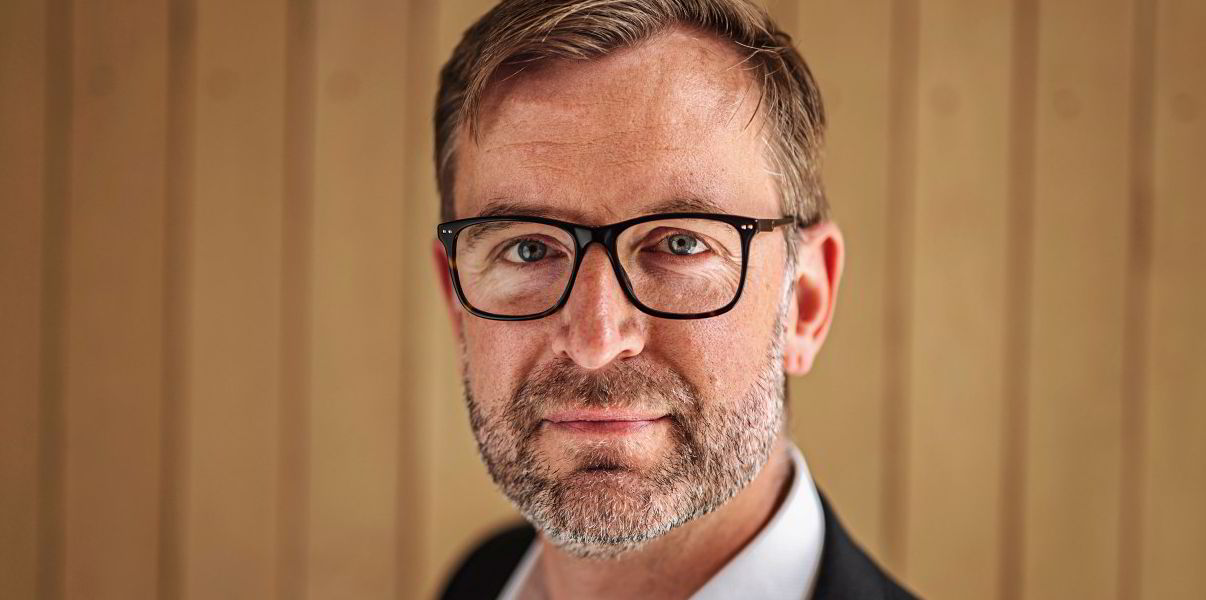
TradeWinds reported in March that the Mosvolds Rederi-Navigare Logistics joint venture plans to build five ammonia-fuelled, 5,000-dwt bulkers for delivery from 2024.
From their Oslo base, Marcussen and an eight-person maritime logistics staff run HeidelbergCement's shipping throughout Scandinavia, the Baltics and Iceland, with volumes of about seven million tonnes per year.
For a cement maker, shipping is the easiest and quickest place to start decarbonising.
Like fossil fuels, steel and shipping, cement is especially sensitive to the challenges of decarbonisation because its operations are intrinsically hard to abate.
"Cement production is in a league of its own when it comes to the actual process of calcination," he said.
On the industrial production side, HeidelbergCement is at work on carbon capture and other expensive and demanding technological approaches to reducing emissions, but on the materials and shipping side, it can realise carbon reduction goals more quickly.
"Blasted rock doesn't really create a lot of CO2," he said. "About 60% of the carbon in aggregates is in the shipping. If you can make vessels emissions-free, gravel on the water produces much less carbon than gravel trucked from inland."
Meanwhile, the cement carrier fleet is also in need of decarbonisation solutions.
HeidelbergCement has nine purpose-built cement carriers on time charters of up to 10 to 15 years from owners that are used to tailoring their newbuildings to its needs.
Here, ammonia is more realistic than hydrogen because of the energy-intensive nature of pneumatic discharging of cement.
Marcussen said not the next such ship built for his company but the one after that will probably be ammonia-fuelled.
